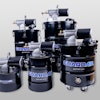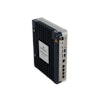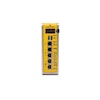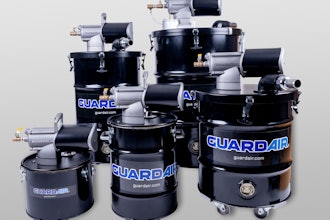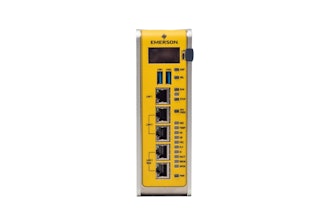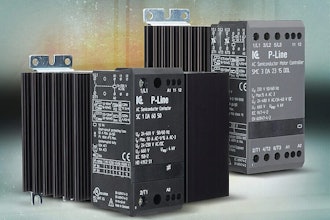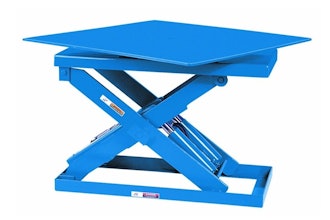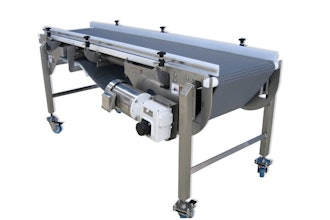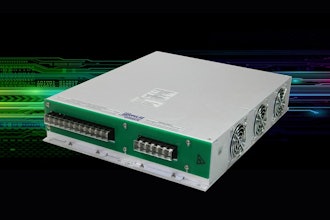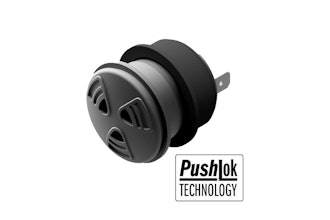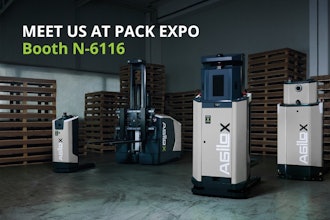Vacuum lifters are fully integrated material handling systems that consist of a frame with many small suction cups or a huge vacuum pad which are used to grip smoothly surfaced products or materials like large plates, sheets, rolls etc. The frames are fixed below the lifting hook of the lifting systems.
Vacuum lifters can be operated by electric, hydraulic, pneumatic, or mechanical power.
Vacuum lifters can be operated by two methods. In the first method a hard vacuum makes use of a compressor and creates suction at the cup to grip products like metal sheets; an overhead hoist or a workstation crane then lifts the sheets.
The second method is the vacuum lift tube method, which combines the gripping and lifting processes.
Powered by a blower, the equipment uses a tube to create a lesser ambient air pressure vacuum. The equipment can grip bags, drums and pails, and lifts them without using a hoist or crane.
Types
Vacuum lifters can be classified based on their source of operation
- Pneumatic or air-powered vacuum lifters
- Hydraulic vacuum lifters
- Electric-powered vacuum lifters
- Self-powered or mechanical vacuum lifters
Some of the other commonly available types are
- Heavy-duty lifters: These are made with oversized lifting frames, vacuum pads, and vacuum stations for easy handling of heavy loads
- Vertical-horizontal lifters: These can hold a load in place either vertically or horizontally, depending on the application requirement
- Coil lifters: These are vacuum lifters for handling rolls and coils
- Battery-powered vacuum lifters: These are similar to electrically-powered devices, but have a rechargeable battery
Applications
- Vacuum lifters are commonly used for picking up awkward shaped products, heavy loads, and large flat sheets made of metal, glass, chipboard
- Vacuum lifting systems are widely used as a material handling substitute in industries
- They are also utilized for hoisting applications in industries

